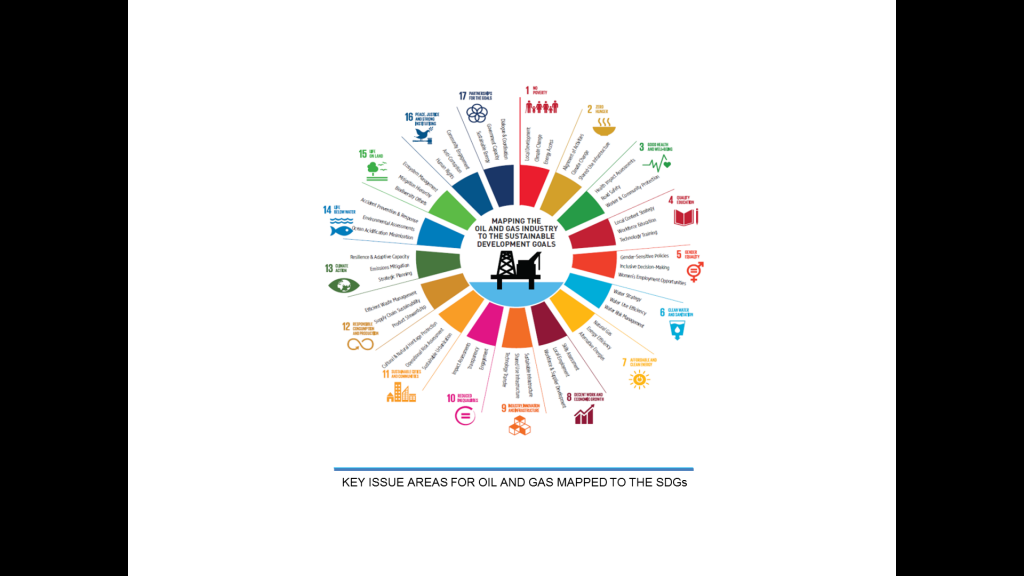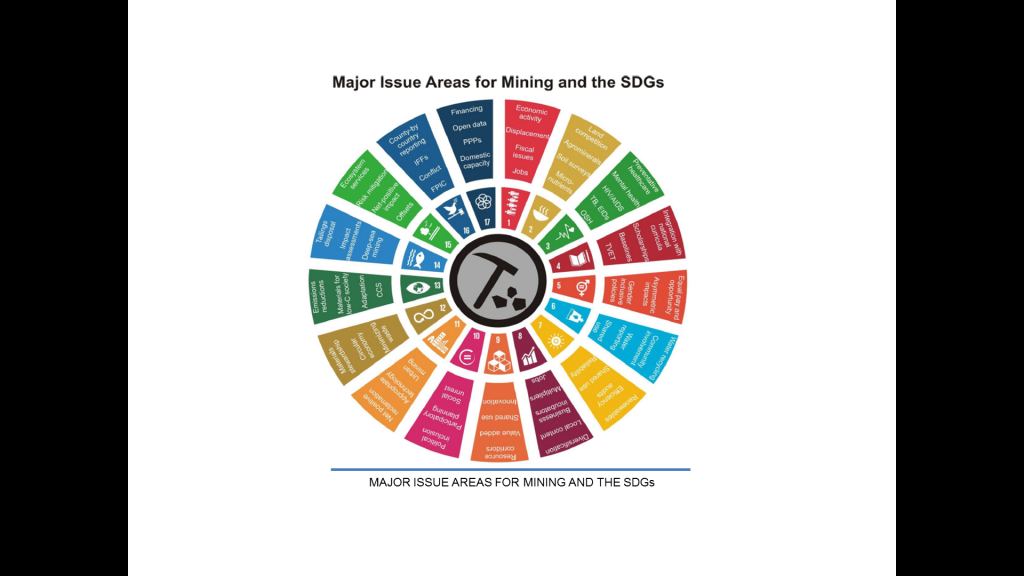Extractive industries have a vast global footprint and present a primary sector in many countries. Approximately 3,5 billion people live in countries rich in oil, gas or minerals. In 2010, it was estimated that the formal mining sector alone employed more than 3,7 million workers, with a further 25 million people working in artisanal and small-scale mining operations. Research in Peru also indicated that for each direct job in the mining industry, 14 indirect jobs are created.
In addition to having such a widespread presence in the world, extractive industries contribute both benefits and drawbacks to countries rich in resources. These industries provide energy sources that contribute to a country’s electricity-generating capacity as well as fuel and gas sources for transportation and manufacturing purposes. They further directly and indirectly form an important part of a country’s economy; for example, governments as owners of mining resources derive revenue from these industries, while this revenue enables the functioning of the country’s economy. Extractive industries have an impact on job creation, or the lack thereof. They affect the environment, or the degradation thereof. In addition, these industries influence local content through policies requiring the procurement of goods and services from local suppliers, and employing local workers, feeding back into the country’s economy. They contribute to the development of skills, which can again be hindered by a lack of infrastructure. The industries also have a social impact as they are often associated with inequalities, conflict, and corruption – to name but a few.
On 1 January 2016, the 17 Sustainable Development Goals (SDGs) of the United Nations’ 2030 Agenda for Sustainable Development officially came into effect. The intention of these goals is to achieve sustainable development, focusing on three dimensions: economic growth, social inclusion, and environmental protection – almost as if entirely to address the impact of extractive industries.
Indeed, extractive industries encompass all three of these dimensions. However, in analysing the 17 goals, 169 targets and 231 indicators of the SDGs, there is no specific reference to extractive industries or the use of non-renewable resources. Aiming to establish a direct link to only one goal, target or indicator is an unrealistic expectation though, as the effects of extractive industries cannot be considered in isolation.
The SDGs were designed to work in the spirit of partnership or integration, and they are strongly interrelated – contributing to one SDG is likely to affect another. For example, supplying access to affordable and reliable energy (SDG 7) enables economic activity and social development (SDGs 1, 10 and 11). In providing sustainable energy, extractive industries support goal 1 (ending poverty in all its forms everywhere) by creating and providing jobs. It contributes to reducing inequalities within and among countries (goal 10), as it stimulates the income growth of the bottom percentage of the population, empowering and promoting all by providing equal opportunities. And with regard to goal 11 (sustainable cities and communities), it may support positive economic, social and environmental links between different developments.
The International Finance Corporation, the Global Oil and Gas Industry Association for Environmental and Social Issues, and the United Nations Development Programme (UNDP) carried out mapping exercises to show the potential contributions that the extractive industries can make towards the fulfilment of each of the 17 SDGs, as follows:

The UNDP, the World Economic Forum, and the Columbia Center on Sustainable Investment of the Columbia University conducted a similar exercise in relation to the mining sector, and came up with the following:

The 2030 Agenda for Sustainable Development, which encourages governments to manage extractive industries in the best interest of the public, noted that ‘our Governments have the primary responsibility for follow-up and review, at the national, regional and global levels, in relation to the progress made in implementing the goals and targets over the coming fifteen years’. The International Organization of Supreme Audit Institutions (Intosai) community has responded to this development by including SDGs in their cross-cutting priorities for achieving their 2017-22 goals.
Supreme audit institutions (SAIs) can, through their audits and consistent with their mandates and priorities, make valuable contributions to national efforts to track progress, monitor implementation and identify improvement opportunities across the full set of SDGs.
SAIs have been called by the international community through their Working Group on Auditing of Extractive Industries (WGEI) to contribute, within their mandates, to the success of the SDGs in relation to the auditing of the extractive industry sector.
The major objective of the WGEI is to promote the audit of extractive industries within the Intosai community to support good governance and sustainable development, consistent with the 2030 Agenda for Sustainable Development. The WGEI can therefore contribute considerably in linking extractive industries and the SDGs.
The SDGs will matter for the extractive industries, and in return extractive industries will matter for the SDGs. Future audit topics in this combined area are vast. Many audits have been performed in the area of extractive industries – although these audits may not necessarily mention a related SDG, a direct or indirect link can be made to an SDG by interpreting the audit theme, topic, objective and/or scope.
Understanding the specific areas within an extractive industry value chain, and how it may connect with one or more of the SDGs, will be key to identifying possible audit topics. However, this will require additional research and refinement. There are many ways in which audits can be initialised and also different audit disciplines that can be applied in auditing extractive industries. The process is expected to start with government’s priorities that should be informed by the SDGs, consistent with the 2030 Agenda for Sustainable Development.
As SAIs and the WGEI, our practical implementation of keeping governments accountable for spending state resources responsibly is done through our audits and related services in the spirit of International Standard of Supreme Audit Institutions (ISSAI) 12, The value and benefits of supreme audit institutions – making a difference to the lives of citizens.
As SAIs, we can keep government accountable through the three main types of audits we conduct:
- Assurance engagement on the auditing of a set of financial statements
- Performance audit and auditing predetermined objective achievements
- Auditing compliance with legislation
Furthermore, SAIs can contribute to the SDGs through the following four approaches:
- Auditing national systems of follow-up
- Performance audit of programmes that contribute to SDGs
- Assessing and supporting SDG 16
- Being a model of transparency and accountability
Audits of extractive industries are gaining momentum, and incorporating SDGs in such audits will present multiple opportunities for reducing the negative impact of this sector.





